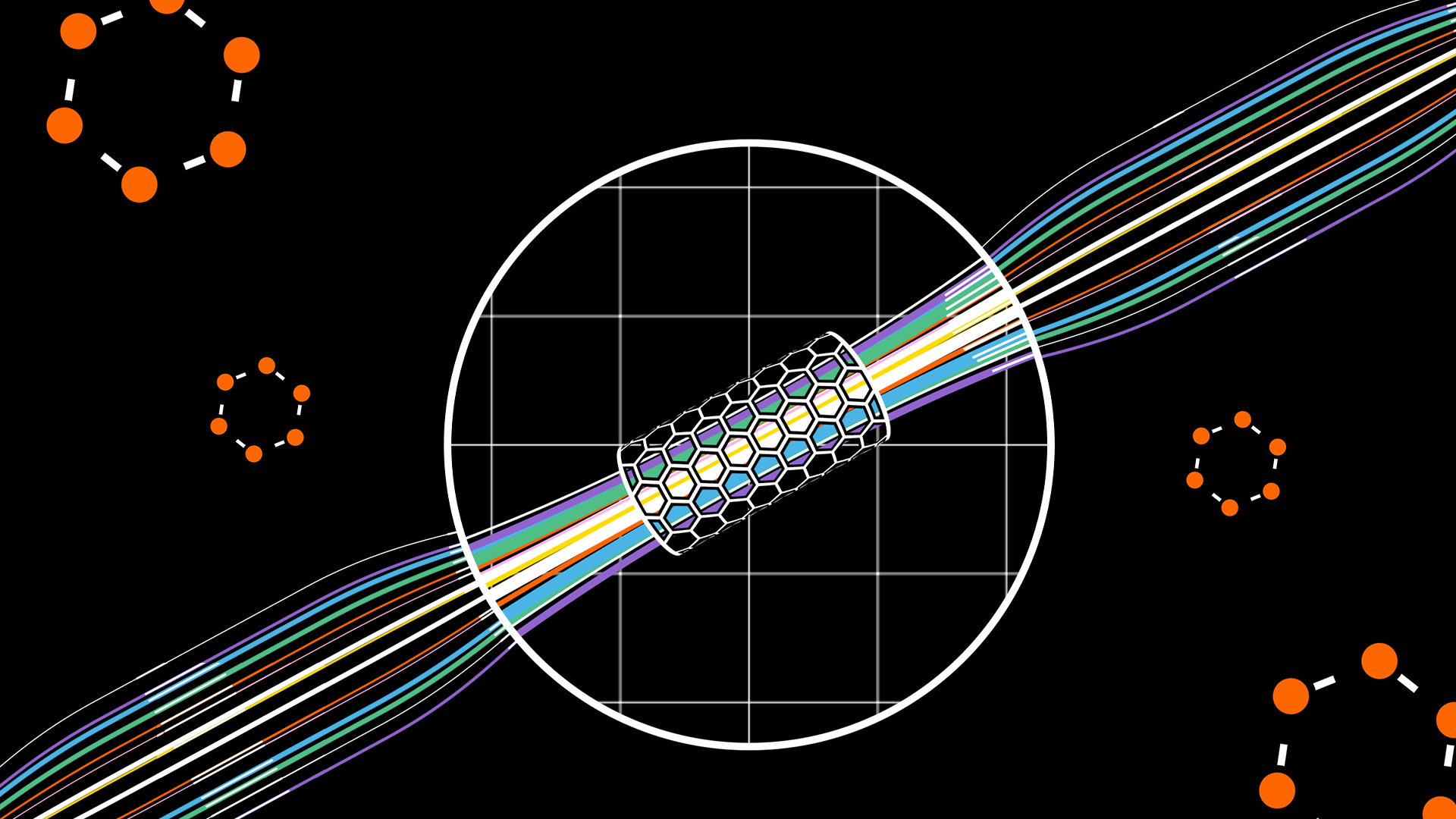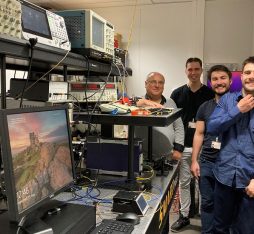“Technologies based on graphene should enable the optimization of very high-speed networks and support the deployment of next generation mobile telephone networks.”
Synthesized for the first time in 2004 by Russian physicists Konstantin Novoselov and Andre Geim and earning them the Nobel Prize in Physics in 2010, graphene is often described as a “miracle material” because of its unique properties, be they mechanical, electric or thermal. A two-dimensional sheet made up of carbon atoms arranged in a honeycomb lattice, graphene is very light, resistant, thin and flexible. Furthermore, it is an exceptional electrical and heat conductor.

Graphene is a two-dimensional sheet made up of carbon atoms arranged in a honeycomb lattice
These properties make it a good candidate for replacing silicon – which will soon reach its physical limits, in particular regarding the miniaturization of electronic components, as well as energy cost reduction and optimization – for microelectronics and optoelectronics technologies. It is precisely for this reason that graphene is of interest to the telecommunications industry, whose future is inextricably linked to progress made in these fields.
Bringing graphene out of the laboratories and developing its commercial applications
In 2013, the European Union launched a large-scale initiative to take advantage of the huge potential of graphene and develop its commercial applications in several areas. With a duration of ten years and a budget of one billion euros, the Graphene Flagship program aims to “bring graphene and related materials (GRMs) out of the laboratory into society in the form of exciting and versatile new products”.
The biomedical industry is interested in graphene for example for targeted drug delivery, or for making ultrasensitive biosensors and brain implants. In aeronautics, it is already enabling the production of thinner, lighter aircraft parts and will soon facilitate the building of safer aircraft thanks to breakthrough technologies, such as lightning or ice protection systems.
In telecommunications, optoelectronic technologies based on graphene should enable the development of high-performance optical communication systems with better energy efficiency. At stake are the optimization of fiber optic networks and the deployment of new generation mobile telephone networks, such as 6G.
Boosting silicon photonics for fiber optic networks
“Integrating graphene sheets into silicon photonics could form the basis for next-generation data communications,” can be read on the Cordis portal, which communicates the results of research projects funded by the European Union.
Silicon photonics consists in using the manufacturing processes of the microelectronics industry to make integrated circuits by bringing together the components that enable optical signal processing onto a single wafer of silicon. This integration makes it possible to improve the performances of the circuits used for fiber optic networks, to considerably increase their density, and reduce their manufacturing costs.
Although the interest – and extremely high potential – of integrated optics has been proven and this technology has gradually become an industrial reality (Intel has been selling 100G and above silicon photonic transceivers for several years), “increasing the speed and reducing the power and footprint of key components of silicon photonics technology” had not yet been possible, the Cordis article explains.
“But graphene — with its capacity for signal emission, modulation and detection — can be the next disruptive technology to achieve this.” By harnessing this material’s properties (high load-carrier mobility, spectrally broadband operation, etc.) and its compatibility with CMOS (Complementary Metal Oxide Semiconductor) technology, researchers from the Graphene Flagship program have thus demonstrated the world’s first high-speed graphene-based data communication at a data rate of 50 Gb/s. An encouraging first step.
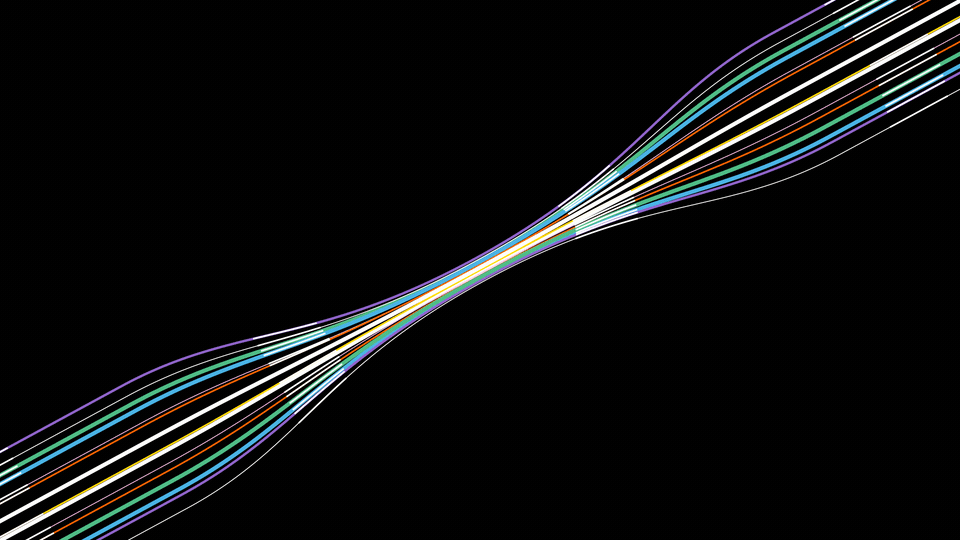
Researchers have demonstrated the world’s first high-speed graphene-based data communication at a data rate of 50 Gb/s
Producing, detecting, and handling THz waves for mobile networks
Another revolution to be forecast, this time in mobile networks, is that of terahertz waves (THz), as was headlined in an article published in the CNRS news in 2020, which explains the properties and possible applications of this frequency band whose potential remains untapped. This revolution too could be driven by graphene.
Terahertz waves, also called “T-rays”, are electromagnetic waves in the frequency range 0.1 to 30 THz. Located between two well-known regions of the electromagnetic spectrum, microwaves and infrared, they are non-ionizing and a priori harmless, according to a researcher from the French National Centre for Scientific Research (CNRS).
In the field of telecommunications, THz waves – which correspond to higher frequencies than the waves currently used (the frequency of radio waves is below 300 GHz) – could make it possible to reach data speeds greater than the 10 gigabits per second (Gbit/s) currently achieved for wireless data communication. In time, they will thus enable the transmission of very voluminous data on smartphones, the CNRS article explains.
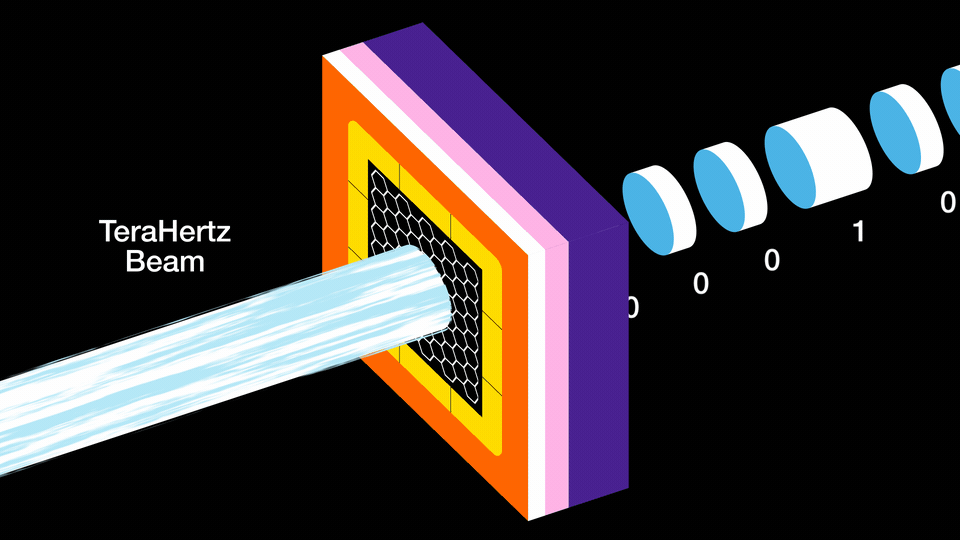
THz waves could make it possible to reach data speeds greater than the 10 Gbit/s currently achieved for wireless data communication
“In recent years, several teams across the world, including ours, have proved that it is possible in the laboratory to obtain a speed of 100 Gbits/s with THz transmitters producing waves of around 300 GHz”, states Guillaume Ducournau of the CNRS Institute of Electronics, Microelectronics and Nanotechnology.
In order to bring THz technology out of the laboratories, researchers will have to develop cheaper and better-performing systems, to make it possible to produce, detect and handle these waves that belong to the far infrared.
This is where graphene comes in. Identified as a particularly promising material, notably thanks to its structure, which gives it high electron mobility, it could enter into the composition of these systems. In recent years, several works carried out in this direction have produced very encouraging results.
In 2012, a research team from the University of Notre Dame, Indiana, revealed the first proof of concept of a wideband and high-modulation-depth THz modulator thanks to the use of graphene. The researchers replaced the thin layer of metal (known as the “metal gate”) that is usually fitted on the semiconductors found in these THz systems, with a single layer of graphene, significantly improving the modulation rate.
In the physics laboratory of the École normale supérieure, Juliette Mangeney and her team have managed to generate radiation from graphene excited by ultrashort optical pulses. The physicist hopes to produce a compact and powerful THz graphene-based laser in the next five years.
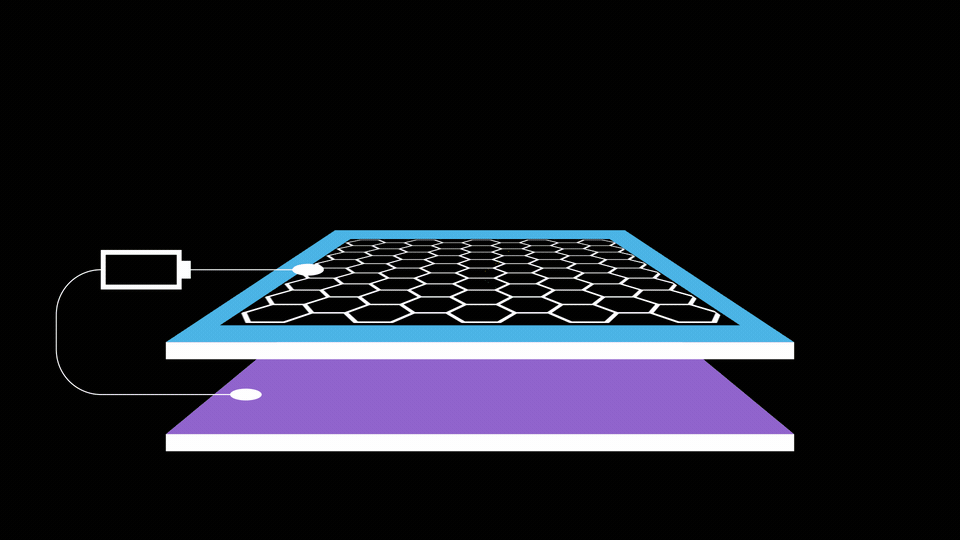
A team from the École normale supérieure has managed to generate radiation from graphene excited by ultrashort optical pulses
However, in order to reap the huge benefits that graphene could provide, in telecommunications and other areas, it will be necessary to improve current production processes so as to obtain monolayer graphene – the form which presents the most interesting properties – on a large scale.
Sources
Graphene may exceed bandwidth demands of future telecommunications https://www.cam.ac.uk/research/news/graphene-may-exceed-bandwidth-demands-of-future-telecommunications
Graphene’s spectacular performance in high-speed optical communications https://cordis.europa.eu/article/id/124606-graphenes-spectacular-performance-in-highspeed-optical-communications
Photonique sur silicium : des réseaux à fibres au traitement optique de données [Silicon photonics: from fiber networks to optical data processing] https://www.photoniques.com/articles/photon/pdf/2019/05/photon201998p24.pdf
La révolution des ondes terahertz [The terahertz wave revolution] https://lejournal.cnrs.fr/articles/la-revolution-des-ondes-terahertz
The Graphene Flagship program website https://graphene-flagship.eu/
Further research projects to discover:
New graphene optoelectronic mixers boost high-speed telecommunications https://graphene-flagship.eu/graphene/news/new-graphene-optoelectronic-mixers-boost-high-speed-telecommunications/
New method to produce graphene nanoribbons could promote use in telecommunications applications https://www.graphene-info.com/new-method-produce-graphene-nanoribbons-could-promote-use-telecommunications

